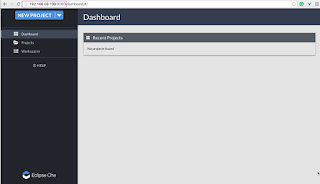Binary Support for API Integrations with Amazon API Gateway
Create an API and POST method to support binary, eg: multipart/form-data, application/octet-stream
For API
name ,
enter ‘Thumbnail’, add a description, and choose Create
API.
In
the created API, choose Resources , Actions ,
and Create
Method.
To
create the method, choose POST and
select the checkmark.
To
set up the POST method, for Integration
type ,
select HTTP ,
enter ‘https://${stageVariables.environmentUrl}’ for Endpoint
URL.
Choose Save.
Set up the integration
Now,
you are ready to set up the integration. In the main page,
open Integration
Request.
On the Integration Request page, check Use HTTP Proxy integration.For Content Handling , choose Passthrough.
Specify which media types need to be handled as binary. Choose [API name], Binary Support.
Choose Edit ,
specify the media type (such as “multipart/form-data”)
to be handled as binary, and then choose Save.
Choose Edit ,
specify the media type (such as “application/octet-stream”)
to be handled as binary, and then choose Save.
Choose Edit , specify the media type (such as “application/octet-stream”) to be handled as binary, and then choose Save.
Deployment
Now
that the API is configured, you need to deploy it. On the
thumbnail Resources page,
choose Action , Deploy
API.
Testing
Now,
you are ready to test the newly created API.



























